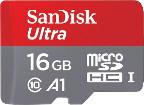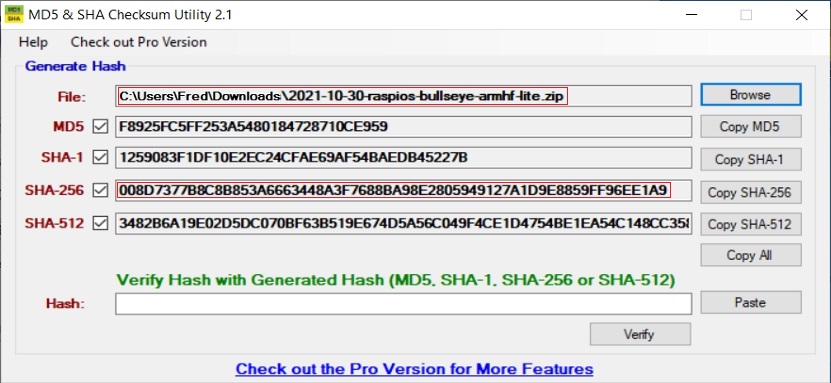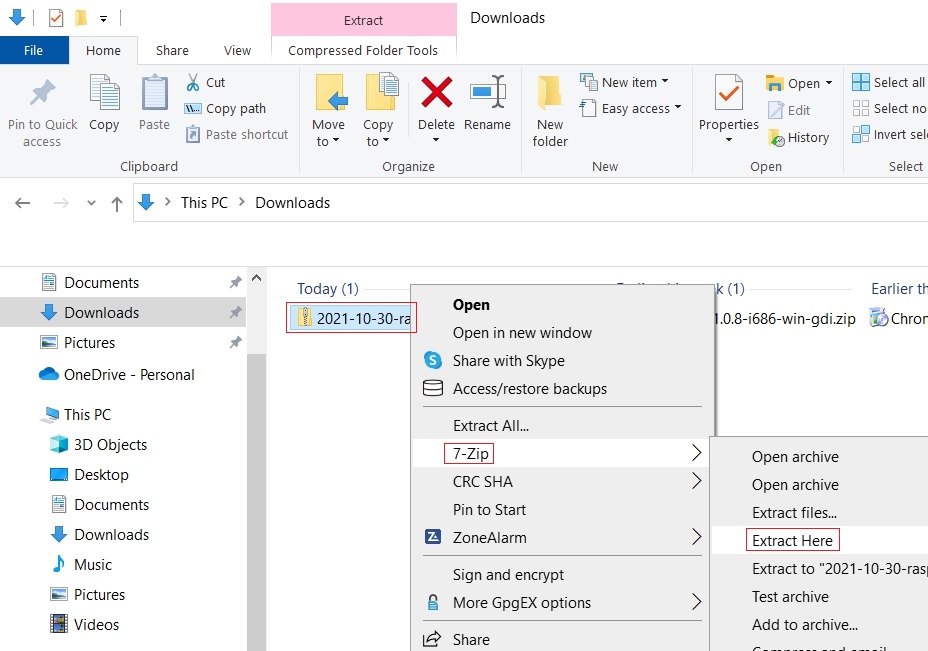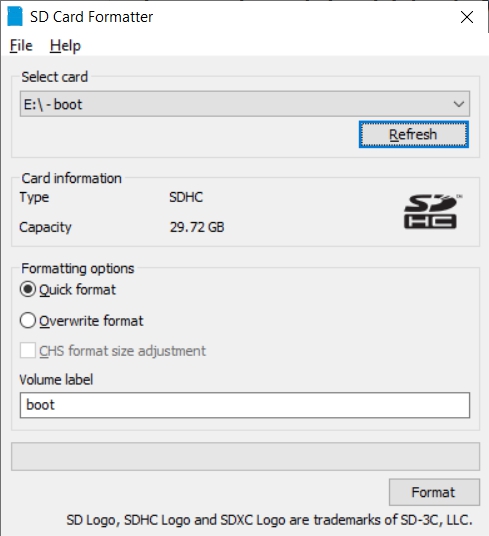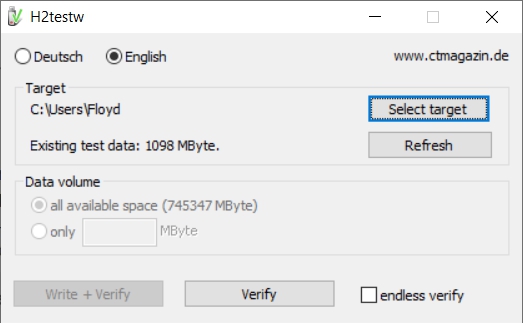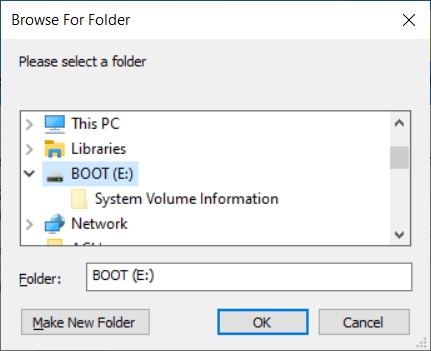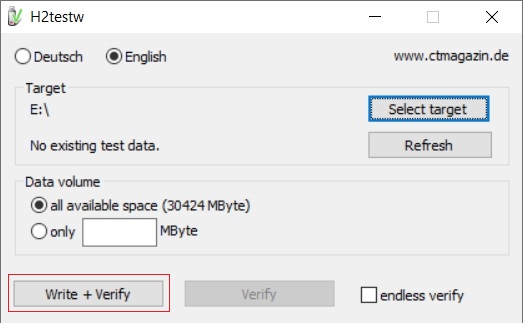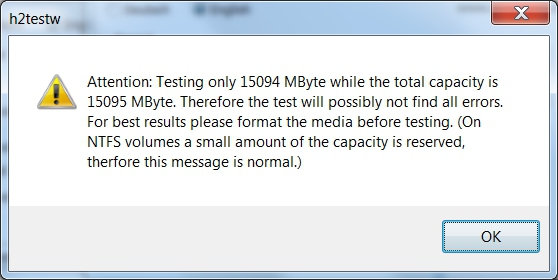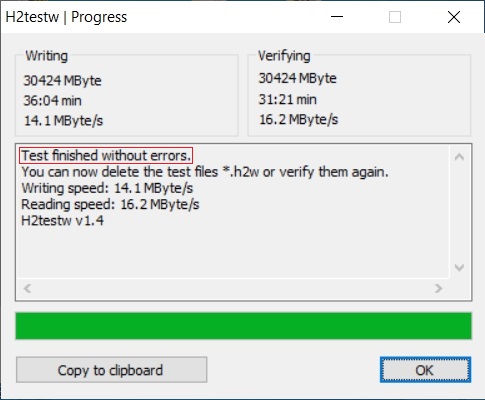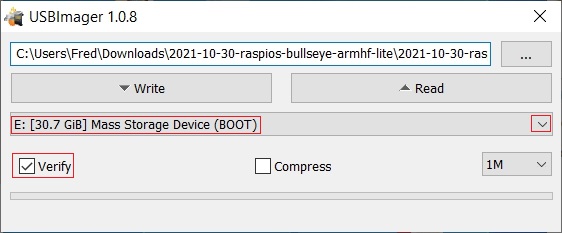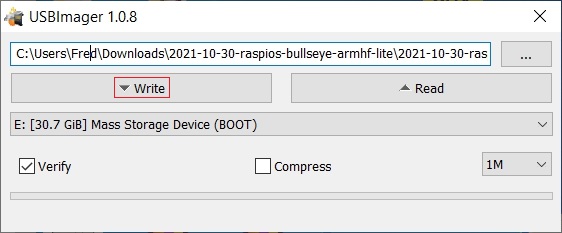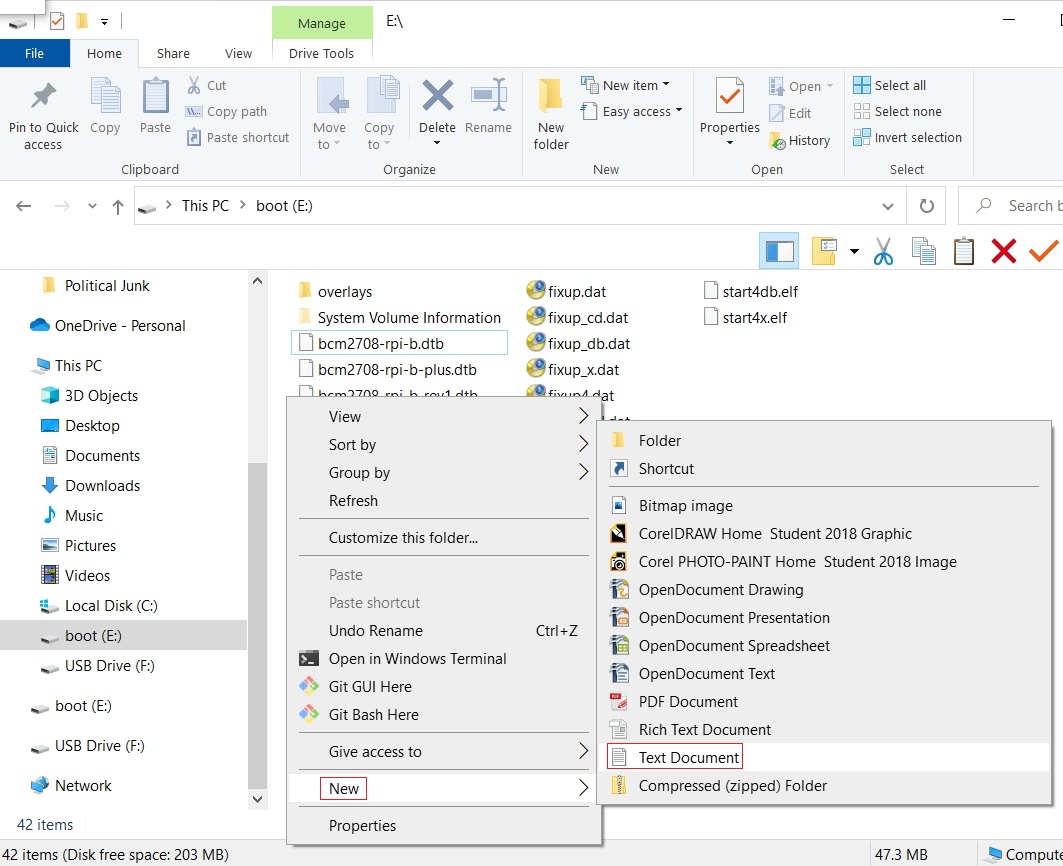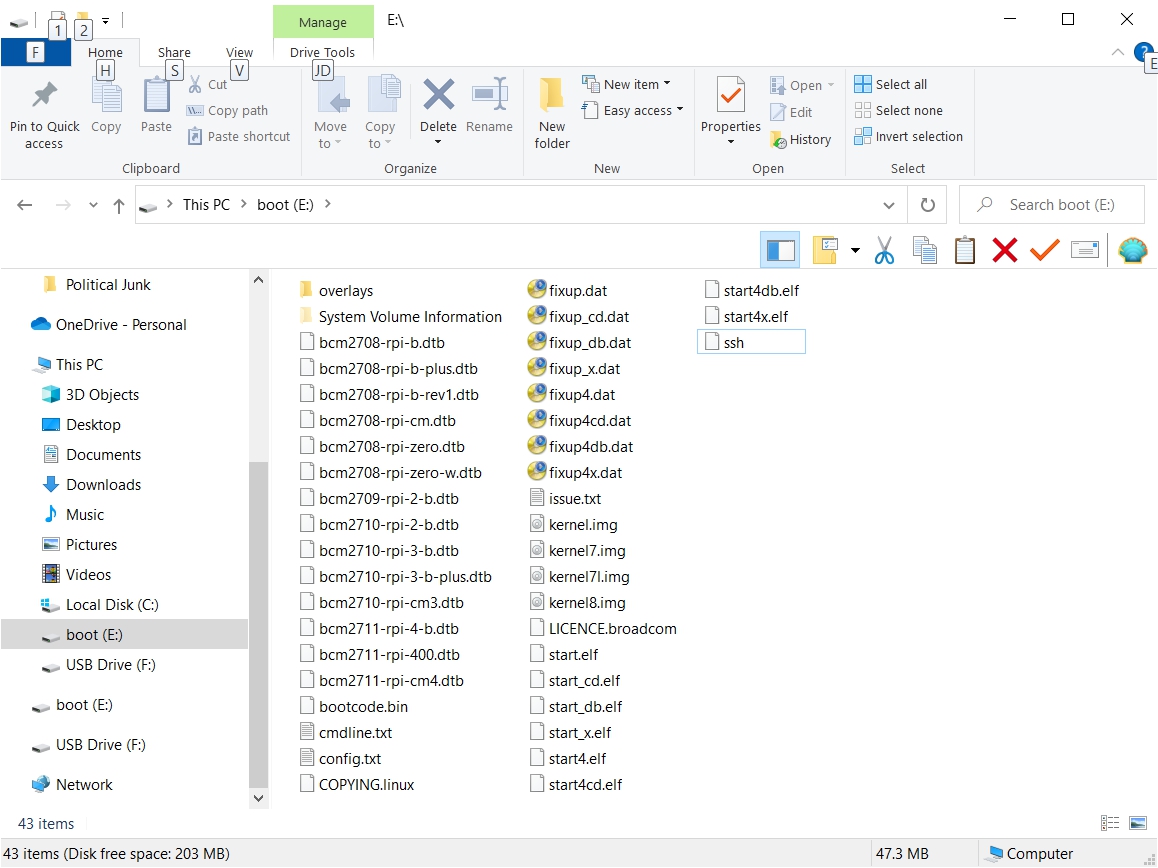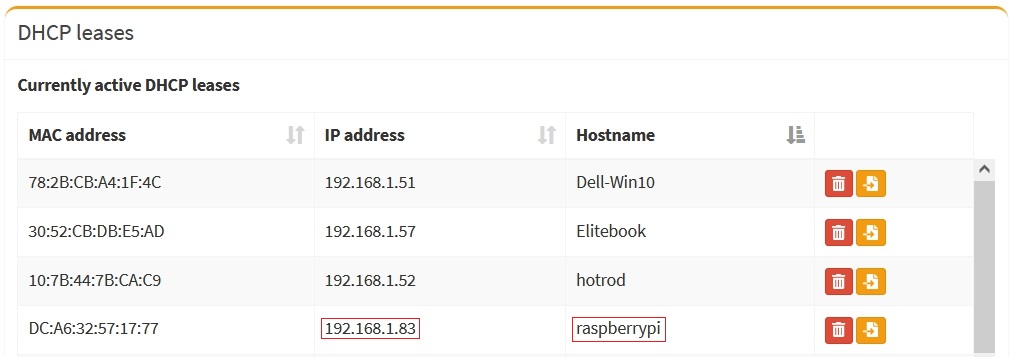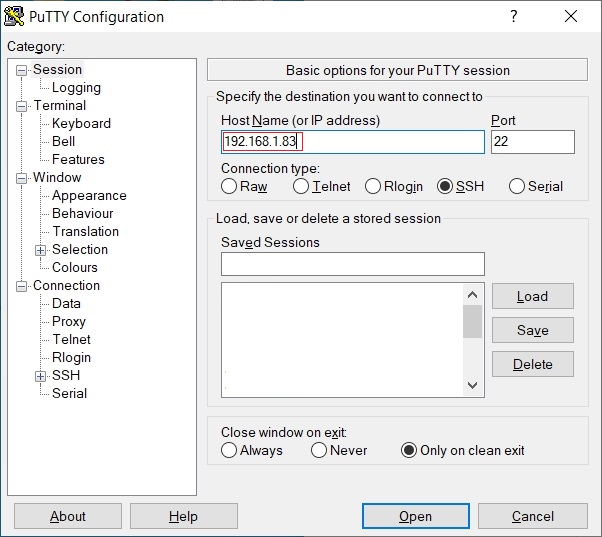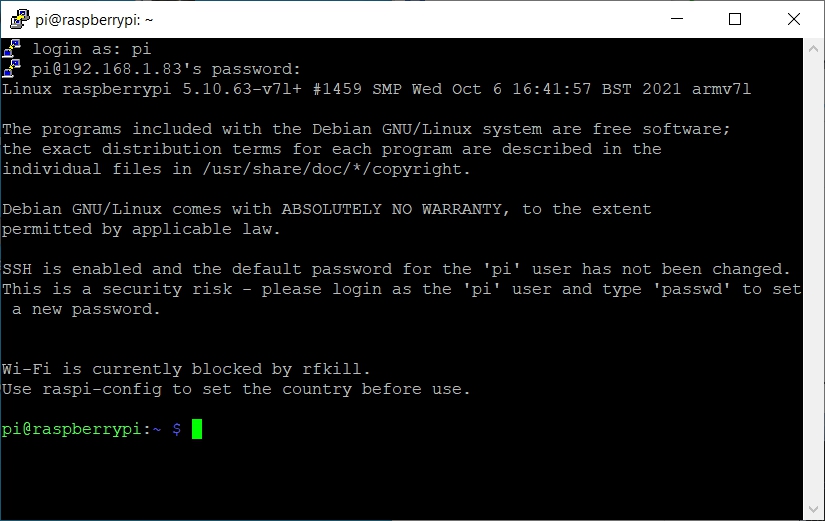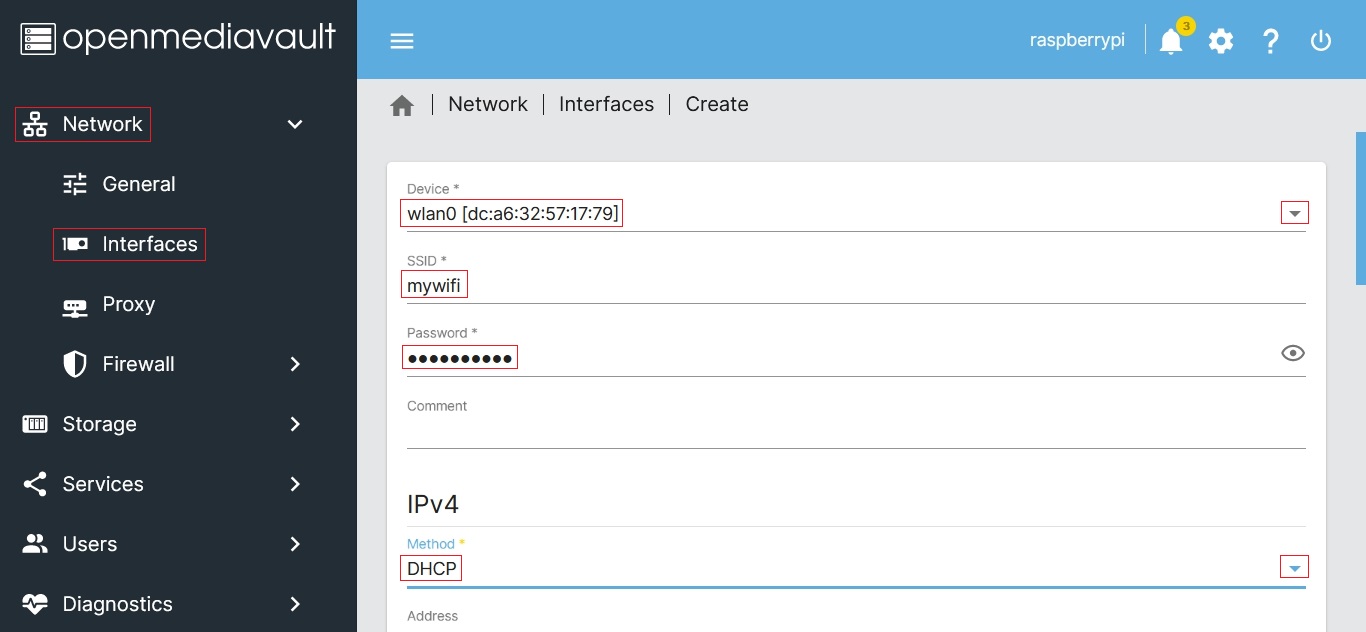This is an old revision of the document!
Installing OMV6 on a Raspberry PI

This document can be converted to a PDF file, in the user's language of choice (see the following), on Windows, Mac's and popular Linux desktop platforms. Simply select the printer icon on the upper right corner of this web page. When prompted at the client, select “print to PDF”, name and save the file.
Google Translate kann Wiki-Dokumente in Ihre Sprache übersetzen. Fügen Sie die Wiki-URL in das linke Fenster ein und öffnen Sie den übersetzten Link rechts.
Google Translate puede traducir documentos wiki a su idioma. Pegue la URL de la wiki en la ventana izquierda y abra el enlace traducido a la derecha.
Google Translate peut traduire des documents wiki dans votre langue. Collez l'url du wiki dans la fenêtre de gauche et ouvrez le lien traduit sur la droite.
Google翻訳はwikiドキュメントをあなたの言語に翻訳することができます。 左側のウィンドウにwikiのURLを貼り付け、右側の翻訳されたリンクを開きます。
Introduction
Installing OMV6 on Raspberry PI OS Lite, using a scripted install, is a relatively easy task. This document is a guide for that process.
About this Guide
The purpose and intent of this guide is to provide a walk-through to get Raspberry Pi users (hereafter referred to as an “R-PI”) up and running as quickly and as easily as possible. This guide assumes that users have a working Windows Client for installing and executing the needed utilities. It is also assumed that Mac and Linux desktop users will be able to find, install, and use utilities equivalent to those called out in Prerequisites.
- This is a community document and a work in progress. Input and feedback are welcome and can be sent to: omvguide@gmail.com
Supported Devices
OMV6 will install on R-PI models 2B and higher. However, in practical terms, the performance of the model 2B is marginal.
Not Supported
- Desktop versions of Raspberry PI OS are NOT supported. (Use the Raspberry PI OS “lite” version only.)
- Legacy Raspberry PI's
R-PI models earlier than the 2B and the R-PI Zero have not been tested and are not supported. They are far too slow to run a NAS application. Please do not post on OMV's forum, expecting support for these models.
Prerequisites
This installation process requires a wired Ethernet connection and Internet access. Typically, all that is needed to begin the installation is an Ethernet cable, a power supply sufficient for the R-PI model being used, and one SD-card (two are preferred for backup).
To get started, a few utilities are needed to check, expand, and work with the image.
- Raspberry PI OS images are compressed with a .zip extension. Users will need a utility like 7-Zip to decompress the image. 7-Zip is installable on a Windows client.
- To check the decompressed image, an MD5 – SHA Checksum utility is needed. This utility is portable, meaning it's not necessary to install it, but it may require support files. Simply run the executable.
- SDformatter is a utility for formatting SD-cards, that does a trim operation on flash media to clear remnants of old files. SDformatter is installable on a Windows client.
- h2testw_1.4 is a flash media test program. With a freshly formatted SD-card or USB thumbdrive, it writes files with known content and verifies the content in a read operation, detecting errors in the process. h2testw_1.4 downloads as a zip file. By right clicking on the zip file, and using “Extract All”, 7-Zip will expand the zip file to a folder named h2testw_1.4 The executable inside this folder is a portable application. Run the executable.
- To burn a Raspberry PI OS image to an SD-card, USBimager is recommended. (It burns the image and verifies it in one process.) USBimager for Windows is portable, with no required installation. Extract the archive with 7zip and use the executable file (usbimager.exe)
- PuTTY is an SSH client that will allow users to connect to their SBC, from a Windows client, and get on the command line. PuTTY is installable on a Windows client.
- While 8GB is the minimum and will work fine, a 16GB SD-card will provide longer life in the role of a boot drive. Users are encouraged to get two SD-cards. One is for the installation and the second is for backing up the OS installation, when configuration is complete.
For the best experience, use only high quality new SD-cards, such as Samsung or SanDisk, that are rated A1 Class 10 or better.
Important
- When selecting an Image, again, don't use an image with a desktop.
- Go to the Raspberry PI OS download page and select the
- download for Raspberry Pi OS Lite - 64 bit.
- Make a note of the SHA-256 hash number found, or bookmark the download web page for reference.
Working With the Image File
Verify the Archive file
After downloading the Raspbian OS Lite image, run a SHA hash to check for file corruption that may have occurred during the download. The Raspberry PI project provides a SHA-256 hash check number for the downloaded Zip archive file.
Beginners Note - DO NOT SKIP THE FOLLOWING STEP.
The chance of image corruption is highest when downloading and it's pointless to build a server with flawed software. Even the slightest corruption of the image may ruin your installation and the effects may not be noticed until well after your server is built and in use. Headaches can be avoided by checking the zip archive.
Verify the downloaded Zip file with the MD5 & SHA checksum utility. Note that it's possible to “drag and drop” the file name into the utility, on the File line. Otherwise, use the Browse button and navigate to the image file.
With the previously noted down SHA-256 hash, or by referencing the Raspberry PI OS Raspberry PI OS Web page, compare the utility's result with the SHA-256 hash provided on the download page. For this particular example it's: 008d7377b8c8b853a6663448a3f7688ba98e2805949127a1d9e8859ff96ee1a9
With a SHA-256 match, the downloaded file is verified.
Decompress the Image
Format and Test Flash Media
| Note | |
| When an SD-card is inserted and recognized, Windows may offer to format the card more than once. Cancel each of these attempts. | |
Using SDFormatter, do a clean format:
Flashing Raspberry PI OS Buster Lite onto an SD-card
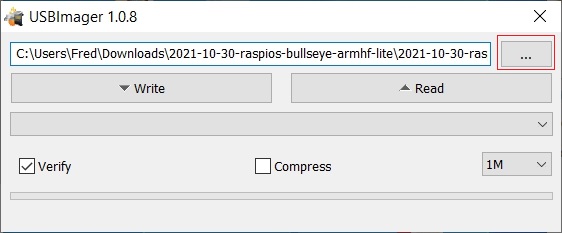
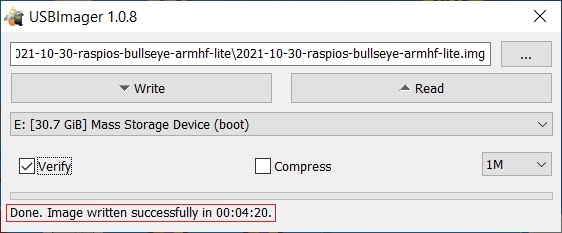
Enabling Raspberry PI OS's SSH Server for Remote Access
Raspberry PI OS is designed to have it's configuration finalized with a monitor and keyboard attached. However, there's no need for a monitor and keyboard to support an OMV installation. OMV was designed, from the ground up, to run as a headless server.
For the sake of convenience, Raspberry PI OS can be configured to enable it's SSH server on first boot, so the server can be accessed remotely with PuTTY. The following will enable SSH access.
To insure the file system on the Raspberry PI OS flashed card is recognized, unplug the SD-card for a few moments and plug it back into the PC used to flash the SD-Card.

The First Boot
*At this point, a wired Ethernet connection is required to connect to the R-PI with PuTTY and to install OMV in a later process.*
- Insure the R-PI is connect to wired Ethernet.
- Insert the SD-card with the Raspberry PI OS image, into the R-PI and apply power.
- Wait 3 to 5 minutes.
The IP address to use for logging into the console is available from your DHCP server. In most cases, your DHCP server will be running on your LAN's router. Log into your router and look for the IP address associated with your R-PI.
- In the event that an IP address is not issued to your SBC, check the wired Ethernet connection and reboot the device. This will mean unplugging and plugging the power supply back in. Allow time for boot up (5 minutes or so) and check the DHCP server again.
- If an address is not issued, or if the user doesn't know how to find the Raspberry Pi's IP address on their DHCP server, connect a monitor and a USB keyboard to watch the boot process until it completes. If the IP address is not displayed at the end of the boot cycle, login with the user pi using the password raspberry.
Once logged in, type ip add on the command line. Note the IP address of the Ethernet interface, in the output, and proceed to First Time Login.
(To be able to utilize Copy + Paste; working with the R-PI using SSH, as detailed in First Time Login, is highly recommended.)
Raspberry PI OS - First Time Logon
After logging in with the default password, it's strongly recommended that the password for the pi user be changed.
On the command line, type;
passwd
Re-enter the current password raspberry, then follow the prompts to enter and confirm a new password for the pi user password. (Remember this password.)
Raspberry PI OS Updates and Upgrades
Before installing OMV, update and upgrade Raspberry PI OS using the following commands, executed one at at time:
sudo apt-get update
sudo apt-get upgrade -y
| Note | |
| The following command applies to R-PI models 3 only, but there's no penalty if it runs on other models. | |
sudo rm -f /etc/systemd/network/99-default.link When the above commands above are complete, type;
sudo reboot
PuTTY will disconnect – this is expected. Wait 3 to 5 minutes and reopen a new PuTTY SSH window and log in again.
| Note | |
|
In the event that the SSH client does not respond to the IP address used for the Raspberry PI OS installation, look at your DHCP server to see if a “new” IP address has been assigned. In some cases, the router / DHCP server may need a reboot. | |
Install OMV
Installing OMV on Raspberry's is very easy, thanks to Arron Murray (ryecoaaron on the OMV Forum) for providing a comprehensive installation script that's executed from a single line.
Copy the following line complete (Ctrl+C) and paste it into PuTTY's SSH window, with a right mouse click. Then hit Enter.
wget -O - https://github.com/OpenMediaVault-Plugin-Developers/installScript/raw/master/install | sudo bash
Once the script is running, click out of the SSH window so the script will not be interrupted.
Do Not close PuTTY – that will terminate the root session. Minimizing PuTTY is OK, but it must be running.
Depending on several factors, running this script may take up to 30 minutes.
When the script is complete, the R-PI will automatically reboot.
First Time GUI Logon
After 3 to 5 minutes, OMV can be logged in using the same IP address that was used for the SSH client, entered in a web browser address bar. The web GUI user is admin and the default password is openmediavault
Note - after the completion of the script:
In the event that the OMV console or SSH client does not respond to the IP address used during the installation, recheck your DHCP server to see if a “new” IP address has been assigned.
(Typically, consumer router DHCP leases last at least 24 hours. In cases where DHCP leases are very short - as it is with some versions of DD-WRT router firmware [10 minutes] - the lease issued to the SBC may time out at the end of the installation. A different address may be issued on reboot.)
Finishing Up
- To add an existing or add-on Wireless Interface to openmediavault, see Final Notes below.
- New users can continue with the setup of OMV using the Getting Started with Openmediavault 6 guide, starting in the section titled → Initial Configuration.
- All users are encouraged to review this resource → Operating System Backup for an easy process to clone your SBC's SD-Card.
A Closing Note
We, who support the openmediavault project, hope that you’ll find your openmediavault server to be
enjoyable, efficient, and easy to use.
If you found this guide to be helpful, please consider a modest donation to support the
hosting costs of this server.
OMV-Extras.org
Venmo: ryecoaaron
Final Notes:
Wireless Networking
First it should be noted that using a wireless interface, with a server, is not the best idea. To prevent a number of issues such as interference, bandwidth contention issues with clients, etc., a server should be connected to the wired LAN ports of a router or a network switch. However it is understood that, in some cases, wired connections may not be an option.
If your R-PI is equipped with a wireless interface, by default, OMV will not show it in the GUI but it can be added.
- An existing interface can be added as noted in the following.
- After plugging it in, a compatible add-on USB wireless interface can be added in the same manner.
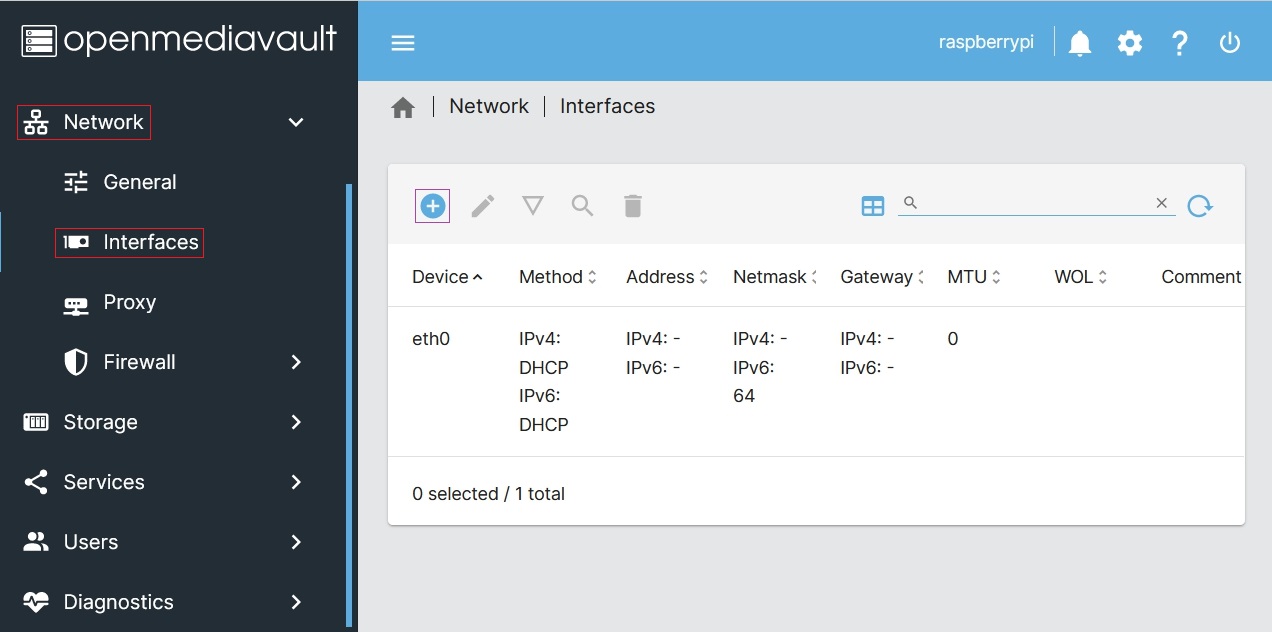
At this point, the wireless interface will appear under Network, in the Interfaces window. Further configuration can be done, as needed, by clicking on the interface line and the edit button (pencil).
